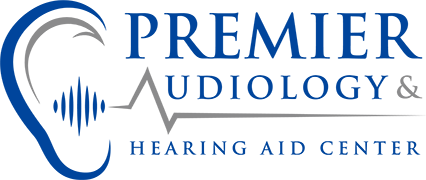The Evolution of Hearing Aids: A Journey Through Technological Advancements
Hearing aids have undergone remarkable transformations over the years, evolving from rudimentary devices into sophisticated pieces of technology that substantially improve the quality of life for millions worldwide. This evolution reflects not only advancements in auditory science but also the incorporation of rapidly developing technology. In this blog, we will explore the critical milestones in the development of hearing aids, examining how they have morphed from basic amplification tools to customizable, high-tech devices.
The Acoustic Era: Ear Trumpets and Conversation Tubes
The earliest hearing aids were purely acoustic and didn’t involve any electronic components. Ear trumpets and conversation tubes were the norm in the 17th to 19th centuries. Made from materials like animal horns, wood, or even metal, these instruments operated on a simple principle: collect and funnel sound into the ear canal. Though they did provide some level of assistance, their scope was limited and often impractical for daily use.
The Birth of Electronic Hearing Aids
The invention of the carbon microphone and the vacuum tube amplifier in the early 20th century marked the beginning of electronic hearing aids. These first electronic models were large, bulky, and often required a tabletop unit connected to an earpiece. Although their size made them inconvenient, they were revolutionary in that they could amplify sound electronically, offering users a far more powerful solution than acoustic models.
Transistors and Miniaturization
The introduction of the transistor in the late 1940s was a game-changer for hearing aids. Transistors allowed for smaller, more energy-efficient devices, ultimately leading to the creation of behind-the-ear (BTE) and in-the-ear (ITE) models in the 1950s and 60s. These were more comfortable and easier to use, setting the stage for the next wave of advancements.
The Digital Revolution
The 1990s saw the integration of digital technology into hearing aids. Digital Signal Processing (DSP) chips enabled the conversion of sound into digital code, which could then be manipulated to optimize clarity, reduce noise, and even tailor frequency response to an individual’s hearing loss profile. This opened up new possibilities for customization, noise filtering, and even directional hearing.
Connectivity and Smart Features
The dawn of the 21st century has witnessed a surge in hearing aids that incorporate smart technology. Bluetooth connectivity, rechargeable batteries, and compatibility with smartphones are now standard features. Users can adjust settings via dedicated apps, monitor battery life, and even stream music or phone calls directly to their hearing aids.
Artificial Intelligence and Future Prospects
The integration of Artificial Intelligence (AI) is the latest frontier in hearing aid technology. Modern devices can now learn from users’ preferences and environments, automatically adjusting settings for optimal performance. This not only enhances user experience but also takes some of the burdens off the wearer, as manual adjustments become less frequent.
Final Thoughts
The journey of hearing aids from crude acoustic devices to high-tech, AI-driven systems has been astonishing. These developments have not only made hearing aids more effective but also more user-friendly, thus reducing the stigma often associated with their use. As technology continues to advance, we can look forward to even more groundbreaking features that will further improve the quality of life for those with hearing impairments.
The next frontier in hearing aid technology is already on the horizon, promising to bring even more revolutionary changes to this essential aspect of healthcare. Through ongoing research and innovation, we can anticipate a future where hearing aids are not just assistive devices but comprehensive hearing solutions that adapt to the complexities of individual auditory needs.
